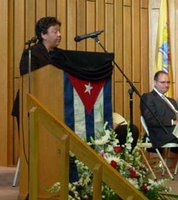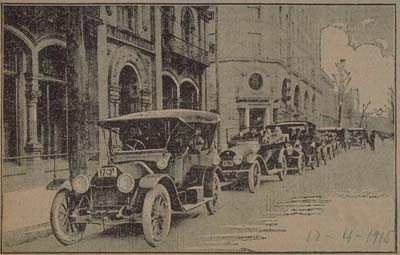Redevelopment Study Hearing Next Week
Meanwhile, Plainfielders will have to rest up over the long Labor Day weekend for a hectic short week to follow.
On Tuesday, the City Council meets at 7:30 p.m. in City Hall Library. Plaintalker will post advance notice Tuesday afternoon of interesting items. The regular Board of Adjustment meeting is on Wednesday and on Thursday there is both a Planning Board meeting and a City Council meeting, both at 8 p.m. The Planning Board meets in City Hall Library for a hearing on the Richmond Street/East Third Street redevelopment study and the council meets in Municipal Court, 325 Watchung Ave.
The “in need of redevelopment” study is on file in the Planning office. The study area includes several PMUA-owned sites, a large tract owned by RTN LLC of 930 Newark Ave., Elizabeth and several lots owned by LJ Real Property of Martinsville. The UCIA hired Remington & Vernick Engineers of Haddonfield to do the study.
The RTN holdings include the former Cozzoli Machine Company, which the engineering firm listed as a “known contaminated site” that was vacated in 2003. The report lists a case number, but Plaintalker could not locate it on the state Department of Environmental Protection web site.
The study found that all the properties were in need of redevelopment. The hearing Sept. 7 will detail the reasons and next step is for the Planning Board to recommend the findings to the City Council, which authorized the study. Then the council can ask for a redevelopment plan that broadly outlines the kind of development to take place there.
The speed and volume of redevelopment moves since the UCIA was designated in June to guide the city’s future will inevitably result in glitches. For example, there are two versions of the Richmond Street resolution floating around, both dated Aug. 23.
A version handed out to the public on Aug. 23 does not have exactly the same block and lot list as one on file in the Planning Division. Because some members of the public (and most likely some property owners) are struggling to keep up with the details, it behooves officials to double-check what is disseminated.
--Bernice Paglia




